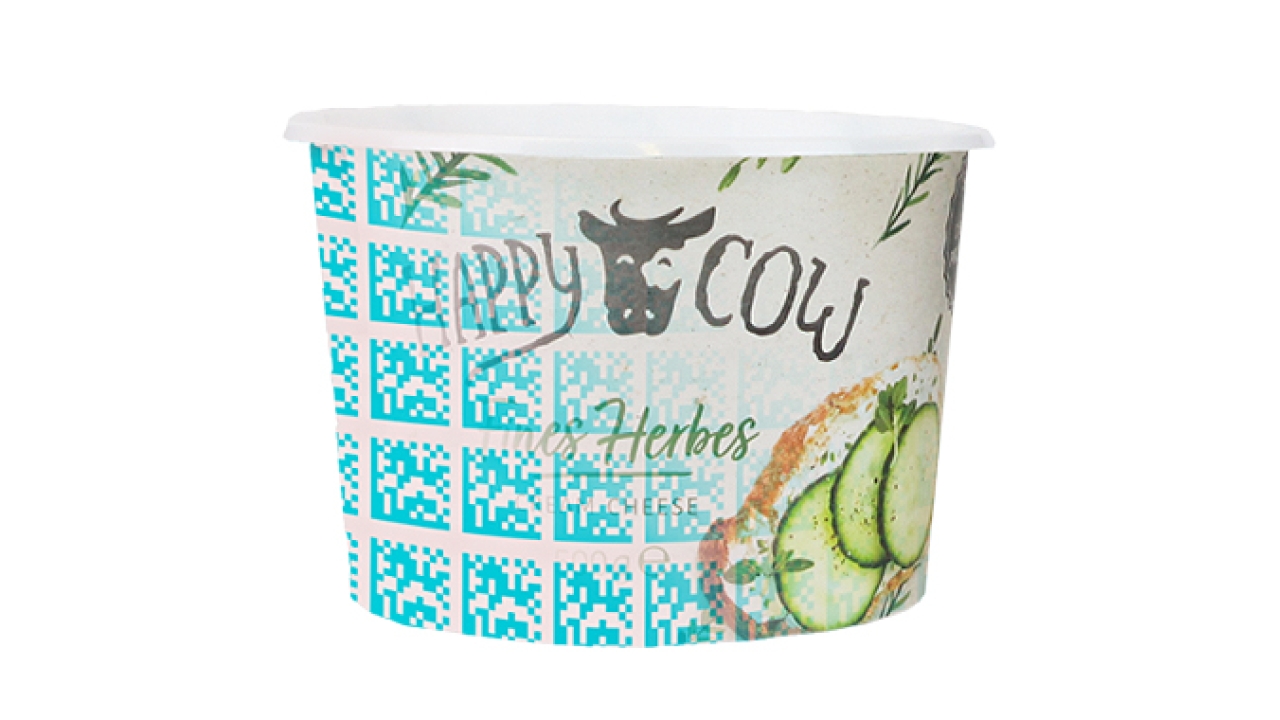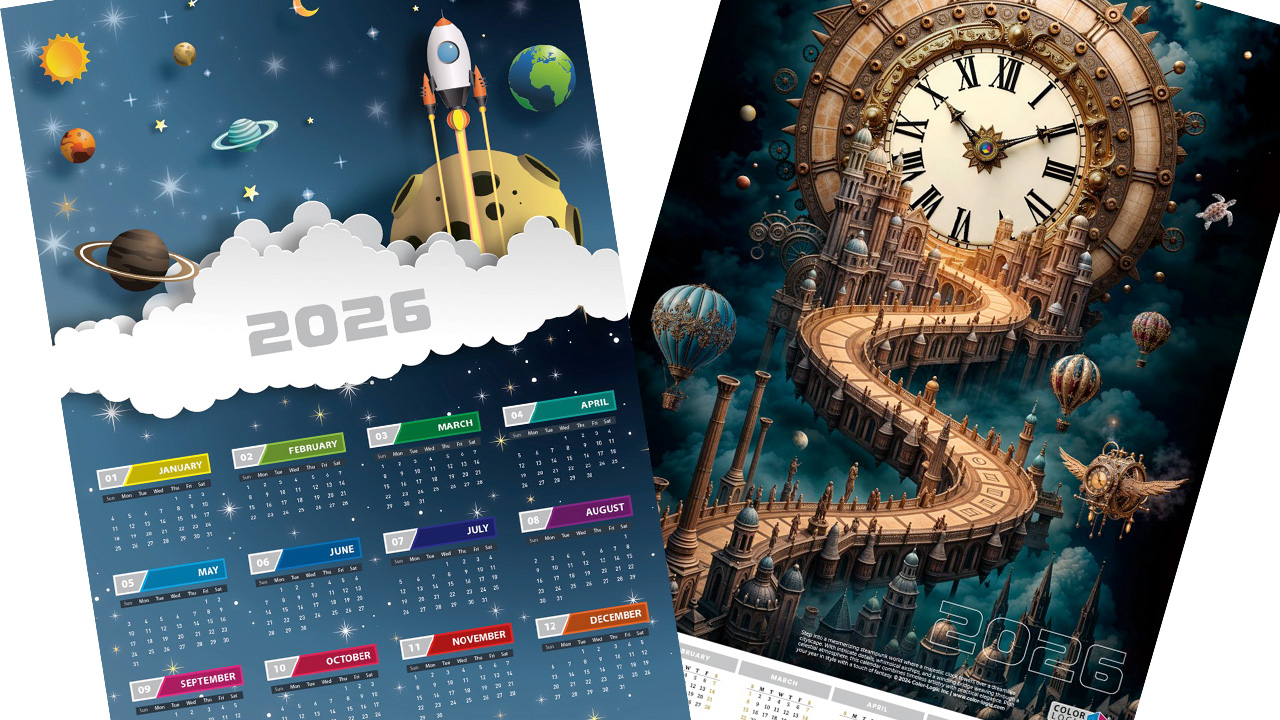Digital watermarks for smart packaging recycling
Under the patronage of AIM, the European Brands Association, over 85 companies and organizations from the packaging value chain have joined forces with the ambitious goal to assess whether a pioneering digital watermarks technology can enable better sorting and higher-quality recycling rates for packaging in the EU, to drive a truly circular economy.

One of the most pressing challenges in achieving a circular economy for packaging is to better sort post-consumer waste by accurately identifying packaging, resulting in more efficient and higher-quality recycling.
Digital watermarks may have the potential to improve the way packaging is sorted in the waste management system, as it opens new possibilities that are currently not feasible with existing technologies.
The discovery was made under the New Plastics Economy program of the Ellen MacArthur Foundation, which investigated different innovations to improve post-consumer recycling. Digital watermarks were found to be the most promising technology, gathering support among the majority of stakeholders and passing a basic proof of concept on a test sorting line.
The branded goods industry has now stepped in to facilitate the next phase as cross-value chain initiative under the name HolyGrail 2.0, which will take place on a much greater scale and scope. This will include the launch of an industrial pilot in order to prove the viability of digital watermark technologies for more accurate sorting of packaging and high-quality recycling, as well as the business case at large scale.
‘The three key ingredients here are innovation, sustainability and digitalization, combined to achieve the objective of the Green Deal towards a clean, circular and climate neutral economy,’ said Michelle Gibbons, director general at AIM. ‘It is terrific to see such enthusiasm from across the industry and to be able to unite such expertise from the complete packaging value chain, from brand owners and retailers to converters, EPR schemes, waste management systems, recyclers and many more. Collaboration is the way forward to achieve the EU's circular economy goals.’
Digital watermarks are imperceptible codes, the size of a postage stamp, covering the surface of a consumer goods packaging. They can carry a wide range of attributes such as manufacturer, SKU, type of plastics used and composition for multilayer objects, and food vs. non-food usage.
Once the packaging has entered into a waste sorting facility, the digital watermark can be detected and decoded by a standard high-resolution camera on the sorting line, which then, based on the transferred attributes, is able to sort the packaging into corresponding streams. This results in better and more accurate sorting streams, and high quality recyclates, benefiting the complete packaging value chain.
Digital watermarks also have the potential to be used in other areas such as consumer engagement, supply chain visibility and retail operations.
Stay up to date
Subscribe to the free Label News newsletter and receive the latest content every week. We'll never share your email address.

